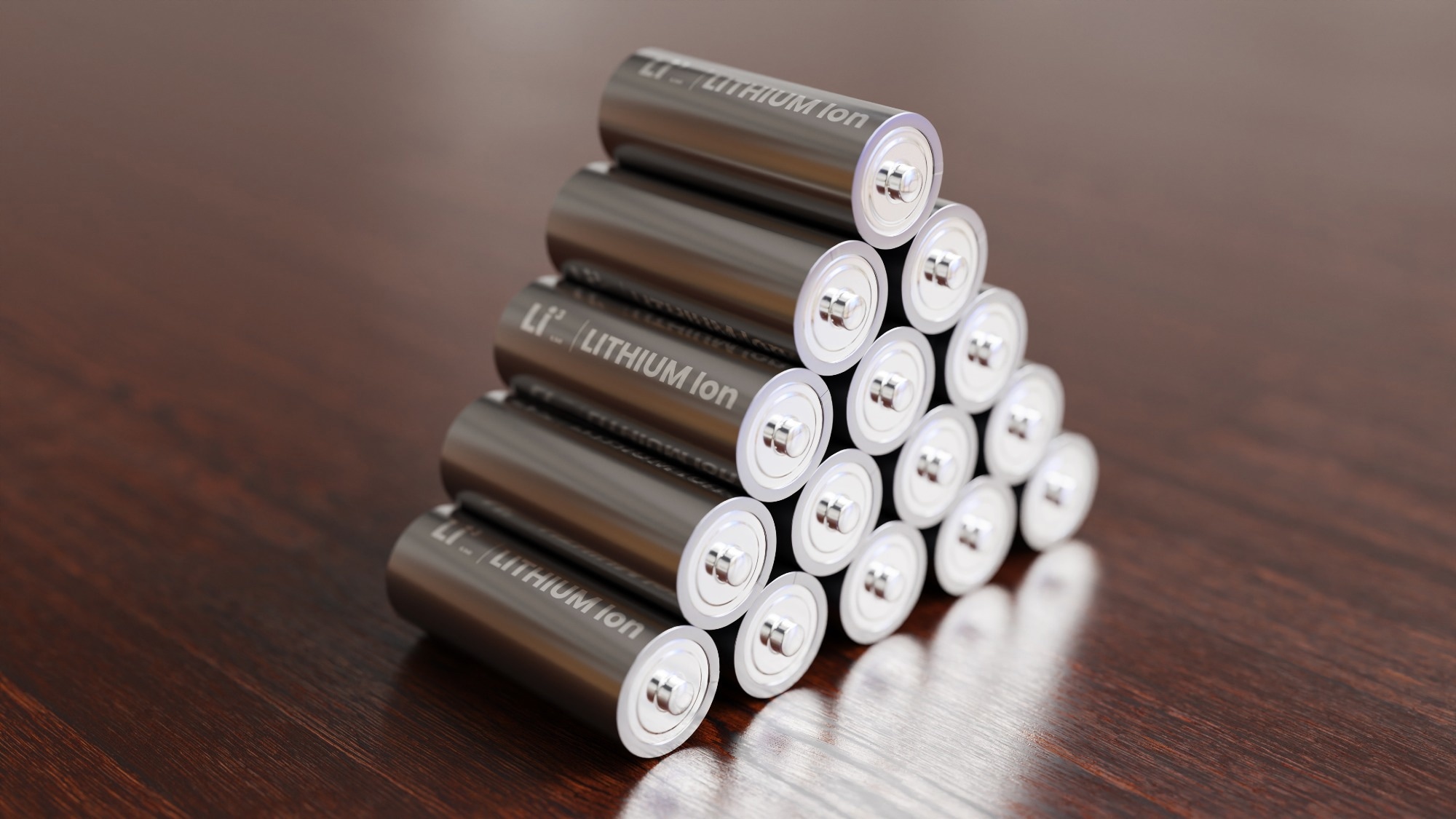Reviewed by Sarah KellyOct 22 2025
A new, high-purity 13C-labeled graphene mesosponge (13C-GMS) could be a sturdy scaffold for loading polymorphic ruthenium (Ru) catalysts, and has also helped determine the causes of battery degradation.
 Study: High-Purity 13C-labeled Mesoporous Carbon Electrodes Decouple Degradation Pathways in Li-O2 Batteries with Polymorphic Ru Catalysts. Image credit: Mahir Asadli/ Shutterstock.com
Study: High-Purity 13C-labeled Mesoporous Carbon Electrodes Decouple Degradation Pathways in Li-O2 Batteries with Polymorphic Ru Catalysts. Image credit: Mahir Asadli/ Shutterstock.com
Considerable advances are needed in clean and efficient energy technology for the world to accomplish the United Nations’ Sustainable Development Goals (SDGs). The development of next-generation energy storage devices is one key approach in this effort since they can help humanity achieve the global objective of carbon neutrality.
There are many potential alternatives, but high-energy-density batteries have received special attention since they have a multitude of environmentally friendly uses, predicted to power future electric vehicles and grid-scale renewable energy storage.
Lithium-oxygen (Li-O2) batteries are distinguished by their extraordinarily high theoretical energy density, exceeding standard lithium-ion batteries. Despite this promise, their actual deployment has been hampered by short cycle life and quick deterioration.
Understanding the underlying reasons for this volatility is crucial to achieving a novel and sustainable energy future.
A team made up of researchers from Tohoku University, Gunma University, Kyushu Synchrotron Light Research Center, Manchester Metropolitan University (UK), and the University of Cambridge (UK) aims to address this key challenge with their high-purity (>99 %) 13C-labeled graphene mesosponge (13C-GMS).
Graphene mesosponge is a hollow-structured material with sponge-like properties, such as high flexibility. It has a unique structure that makes it useful for many different applications. In this case, we customized it to learn more about why batteries fail.
Hirotomo Nishihara, Professor, Tohoku University
This unique material, with its large surface area and few edge sites, acts as a sturdy scaffold for loading polymorphic ruthenium (Ru) catalysts. By combining quantitative characterization techniques with theoretical simulations, the team determined whether battery failure was caused by carbon cathode deterioration or electrolyte breakdown.
The findings reveal that lowering charge potential can help to slow carbon cathode deterioration, but different Ru crystal phases cause variable degrees of electrolyte breakdown.
Our findings allow us to point out the 'weakest link' in batteries - either the cathode or the electrolyte - which lets us know exactly what we need to improve to make Li-O2 batteries a more practical option.
Dr. Wei Yu, Professor, Tohoku University
This finding is central to the debate over how solid-state catalysts function in Li-O2 batteries, while contributing to the global search for sustainable energy storage options.
By uncovering the underlying mechanisms that cause battery failure, the study proposes new design concepts for next-generation batteries that can support the SDGs and promote clean energy innovation.
This work was first published in Applied Catalysis B: Environment and Energy by Zhaohan Shen.
Journal Reference:
Shen, Z. et.al. (2025) High-Purity 13C-labeled Mesoporous Carbon Electrodes Decouple Degradation Pathways in Li-O2 Batteries with Polymorphic Ru Catalysts. Applied Catalysis B: Environment and Energy. doi.org/10.1016/j.apcatb.2025.126030.